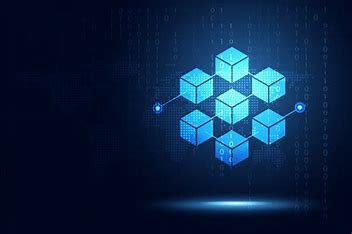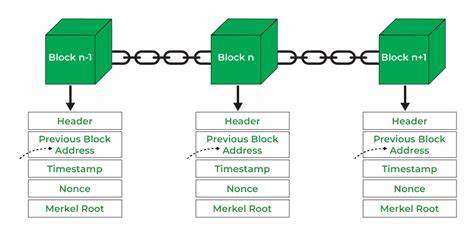Blockchain Basics Part 2: A Guide to Blocks and Nodes
 Navya Srivastava
Navya Srivastava
Understanding the Building Blocks
Imagine a chain. Each link in that chain is a block. This chain is unbreakable and transparent, and that's essentially what a blockchain is.
A block is the fundamental unit of a blockchain. It's essentially a digital container that stores information.
What's inside a block?
Every block in a blockchain contains the following information:
Block Number: A unique identifier for the block. It's simply a number that increases with each new block added to the chain.
Nonce: A random number used in the mining process. It's adjusted until the hash of the block meets specific criteria.
Data: This is the core of the block. It can contain any information, from financial transactions to medical records.
Previous Hash: A cryptographic hash of the previous block in the chain. This is crucial for security as it links each block to the one before it.
Hash: A unique digital fingerprint of the block's contents. It's created using a cryptographic hash function.
The first block in a blockchain is called the Genesis Block. Its previous hash is typically a string of zeros, as it has no preceding block.

The Magic of Immutability
One of the most important features of a blockchain is its immutability. This means that once a block is added to the chain, it cannot be changed or deleted.
How is this possible?
Every block contains the hash of the previous block. If even a single bit of data is changed in a block, its hash will completely change. This change would invalidate the hash of the next block, and the one after that, and so on. Detecting a tampered block becomes incredibly easy.
Security through Length
The longer a blockchain becomes, the more secure it is. This is because altering the chain would require changing a vast number of blocks, a computationally impossible task.
Nodes: The Backbone of the Network
A blockchain is a decentralized network. This means it doesn't rely on a single central authority. Instead, it operates on a network of computers called nodes.
A node is essentially a computer or device that participates in a blockchain network. It runs the blockchain's software and helps to maintain the integrity of the network
What is a node? A node is simply a computer connected to the blockchain network.
Anyone can join: Anyone with the necessary hardware and software can become a node.
Maintaining the ledger: Nodes keep a copy of the blockchain, ensuring its integrity and availability.
Key Roles of a Node:
Maintaining a copy of the blockchain: Each node keeps a complete or partial record of all transactions and blocks. This redundancy ensures the blockchain's data is distributed across multiple locations.
Validating transactions: Nodes verify the authenticity and legitimacy of transactions before they are added to a block.
Consensus: Nodes participate in consensus mechanisms to agree on the order of transactions and the creation of new blocks.
Network communication: Nodes communicate with each other to share information and maintain the network's operation.
Types of Nodes:
Full nodes: These nodes maintain a complete copy of the blockchain and participate in all network activities.
Light nodes: These nodes store only the latest block headers and rely on full nodes for transaction verification.
Mining nodes: These nodes are specialized for creating new blocks in proof-of-work blockchains.
Staking nodes: These nodes participate in proof-of-stake consensus mechanisms by locking up cryptocurrency as collateral.
Analogy: A Chain of Receipts
To visualize this, imagine a chain of receipts. Each receipt (block) contains information about a purchase (data). The receipt number (block number) increases with each purchase. The total amount on the current receipt (hash) is dependent on all previous receipts (previous hash). If you try to change the amount on one receipt, the total on the subsequent receipts will be incorrect.
Conclusion
In essence, a blockchain is a digital ledger composed of interconnected blocks. Each block contains essential information such as data, a unique identifier, and a cryptographic hash that links it to the previous block. This interconnected structure ensures the blockchain's immutability, making it resistant to tampering.
A network of computers, known as nodes, collectively maintain and validate the blockchain. This decentralized approach enhances security and reliability. By understanding these fundamental concepts, you've laid a solid foundation for exploring the vast potential of blockchain technology.
Subscribe to my newsletter
Read articles from Navya Srivastava directly inside your inbox. Subscribe to the newsletter, and don't miss out.
Written by

Navya Srivastava
Navya Srivastava
Hi! I am Navya, a dedicated coding enthusiast, deeply interested in Web3 technologies and exploring the future of decentralized applications and blockchain innovation.